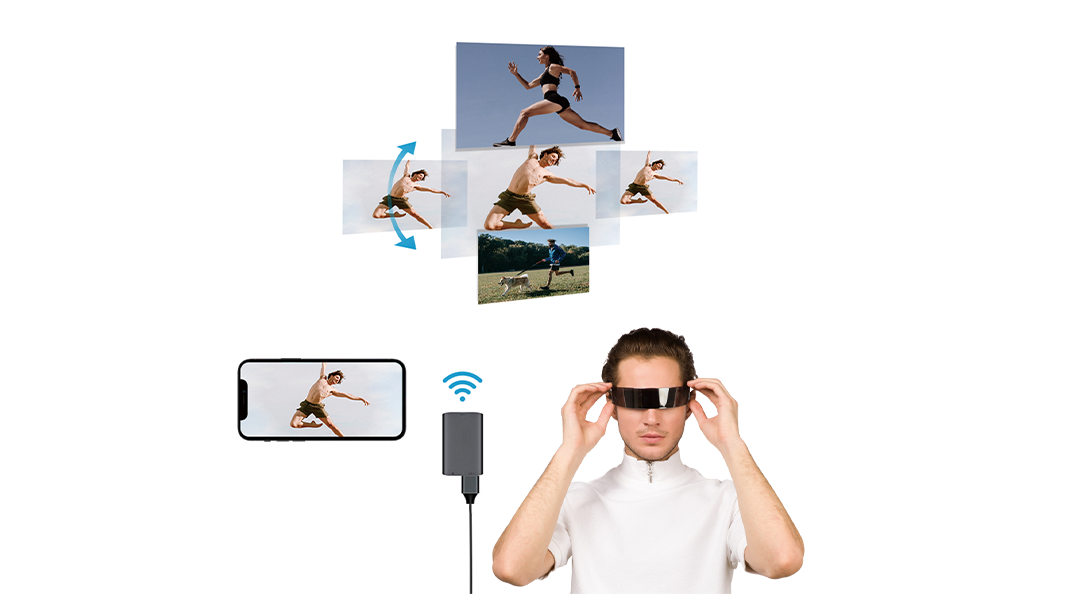The working principle and development of AR augmented reality
AR is also called Augmented Reality (AR for short). It is a new technology that “seamlessly” integrates the information of the real world and the virtual world. It takes the physical information (visual information, sound, taste, touch, etc.) that is difficult to experience within a certain time and space of the real world, simulates and superimposes it through computer and other science and technology, and applies the virtual information to the real world and is perceived by human senses. To achieve a sensory experience that transcends reality. To put it simply, VR is a full virtual world, while AR is a semi-real and semi-virtual world.
Perhaps more easily understood, augmented reality is the addition of computer-generated images to a real environment. The real world and the enhanced environment can interact simultaneously, allowing users to operate digitally. As augmented reality matures and the number of apps grows, it is changing the way we shop, play, and work.

How AR works
Early prototypes of mobile augmented reality systems The basic idea of augmented reality is to add images, sound, and other sensory enhancements to real-world environments in real time. It sounds pretty simple. And haven’t TV networks been using images for this purpose for decades? That’s true, but all TV networks do is show still images that don’t adjust as the camera moves. Augmented reality is far more advanced than anything you’ve seen on the airwaves. The next generation of augmented reality systems will display images that can be seen from the point of view of all viewers.
The development of AR augmented reality
At universities and high-tech companies, augmented reality is still in the research and development stage. Eventually, probably by the end of this decade, we’ll see the first mass-market augmented reality systems. One researcher called it “the Walkman of the 21st century.” Augmented reality strives not only to add images to the real world in real time, but also to change those images to fit the movement of the user’s head and eyes, so that they are always within the user’s perspective. Here are the three components needed to make an augmented reality system work:
-
Head-mounted display,
-
Tracking system,
-
Mobile computing power